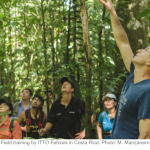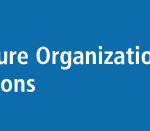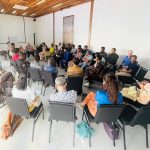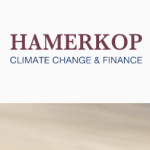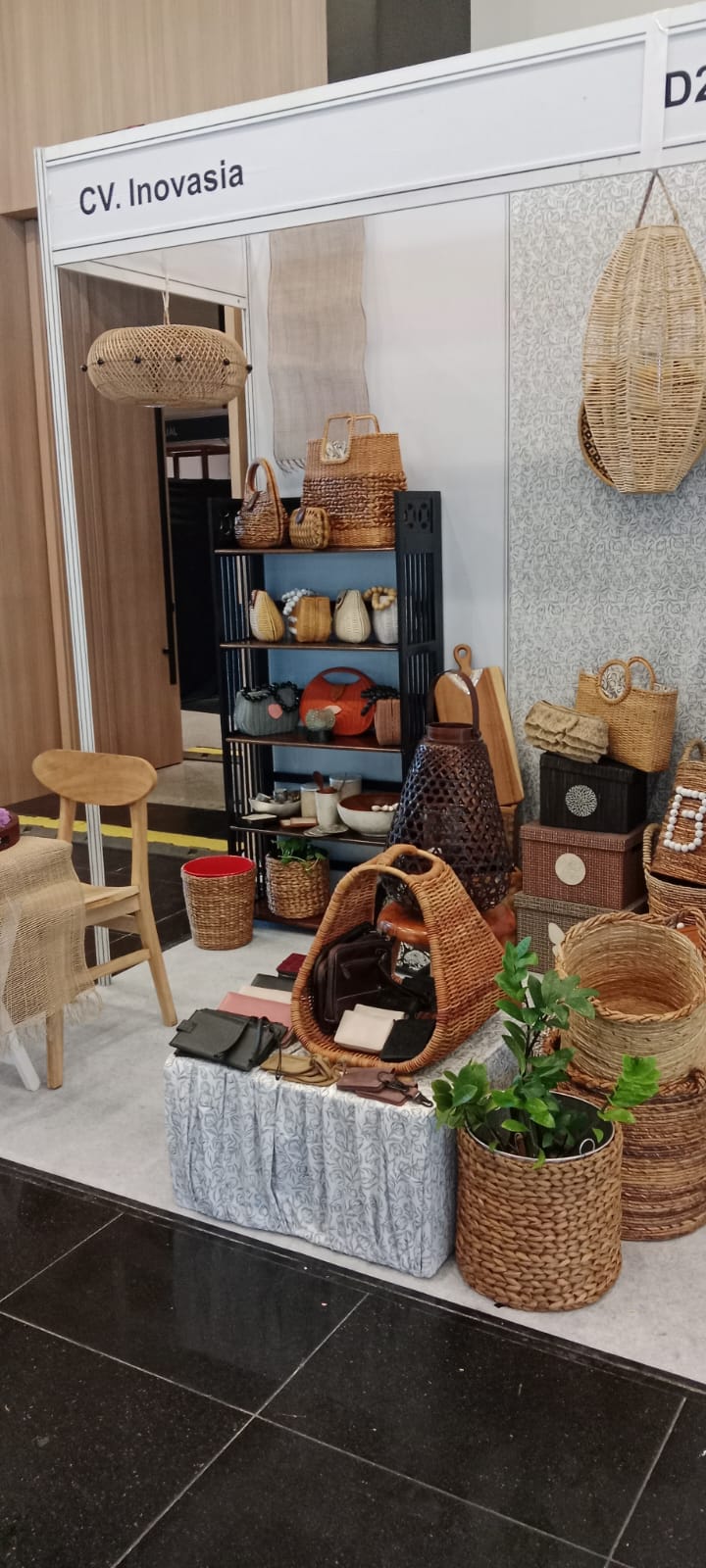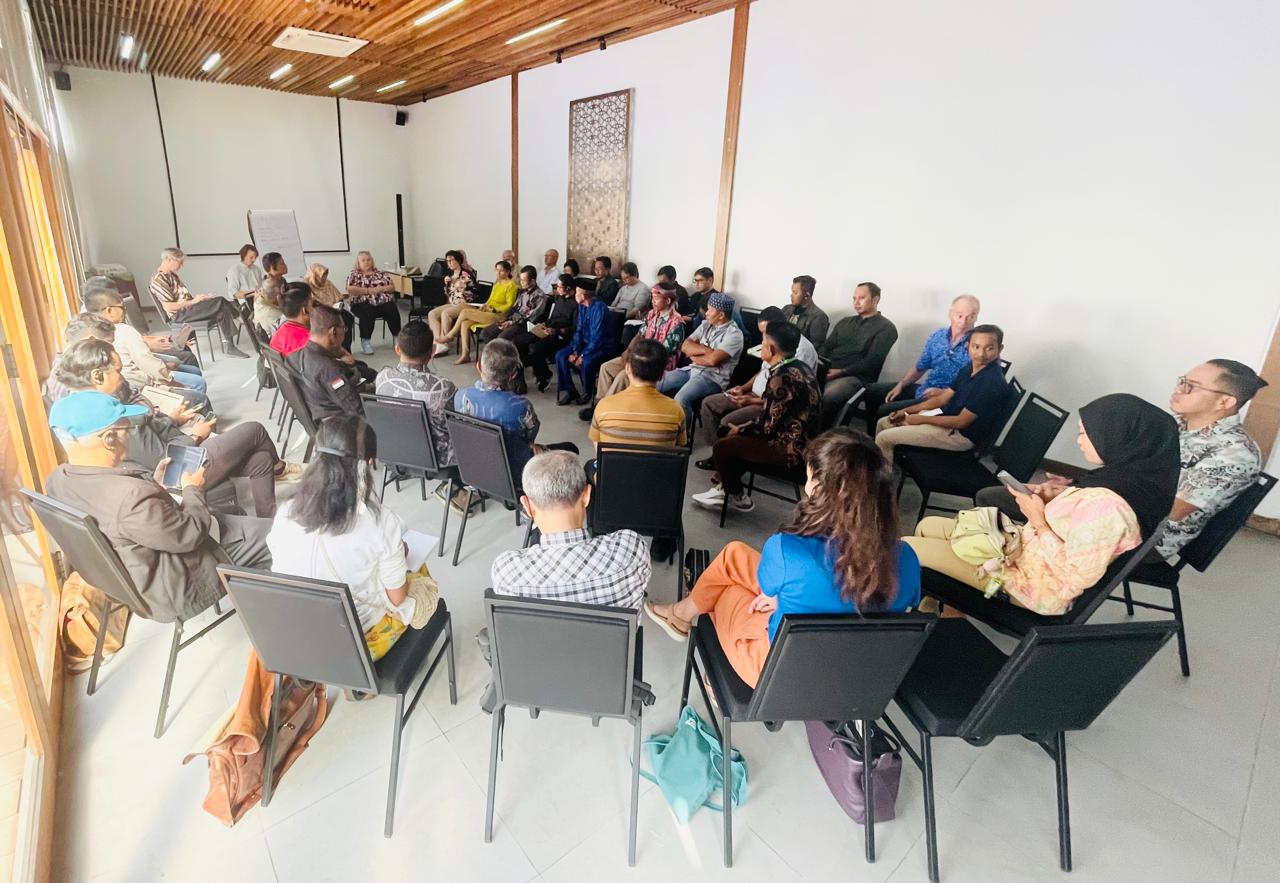By Happy Tarumadevyanto | Independent Consultant | Environmental Asia| happy.devyanto@environmental.asia
The term of remediation emerged as an effort to improve a forest management. The context of Sustainable Forest Management (SFM) has been developed and in effect for a long time ago. Forestry development in Indonesia itself recognized sustainable forest management that was introduced around the 1990 period.
INDONESIA occupies the third position as the country with the largest tropical forests after Brazil and the Republic of Congo (Tolo 2012). In 2009, Indonesia’s total forest area was 90.1 million hectares (Brockhaus et.al 2012: 32). However, the existence of Indonesia’s forests continues to be threatened by deforestation and forest degradation caused by forest fires, legal logging and illegal logging (Noordwijk et.al 2008, Tolo 2012). Source: History of the Political Economy of Forest Governance in Indonesia
December 30, 2013 Emilianus Yakob Sese Tolo
Remediation or restoration of forests and forest areas are developed because of the importance of recovery efforts. Currently, various remediation initiatives are starting to be examined and ensure that the recovery covers social, economic and ecological (or environmental) aspects.
Remediation is part of restoring damaged ecosystems. Ecosystem restoration includes how to align environmental, social and production functions in remediation activities can return things to their original state.
Indonesia Understands Remediation Process
The remediation currently taking place is to restore degraded forests and restore a harmonious order of social life, production and the environment. The decreasing quality of the environment has threatened the continuity of human life and other living creatures, so that it is necessary to carry out serious and consistent environmental protection and management by all stakeholders.
Indonesia has been acknowledging remediation term for a long time. Initially the introduction of remediation was largely related to mining activities. The point is Ecosystem recovery, restoring conditions that have been damaged is part of the remediation. The approaches taken are also varied. From technical programs to the philosophy. From restoration of damaged areas, reforestation, afforestation, and various terms that lead to the remediation term itself.
Land Clearing
Inappropriate land clearing still occurs. This is largely due to unfamiliarity with the Principles and Criteria (P&C). In Forest remediation, the main thing that is important to pay attention to sensitive areas, including those involving High Conservation Value.
Rather than imposing direct sanctions, including suspension or prohibition of member plantations from certification, certification body has developed a Remediation Procedure verification which will be released this year. This provides a mechanism for the restoration of cleared forests areas in overall includes social aspect, economic and environmental that where applicable, compensation for damaged forests.
Large Scale Reforestation
Reforestation is the process of replanting trees on land that has previously been deforested or degraded. Reforestation is often interpreted as re-planting trees. Reforestation and reforestation have the same meaning, namely replanting trees on land that has previously been deforested or degraded. Reforestation helps the environment by ensuring or accelerating the re-establishment of a healthy forest structure
Large-scale reforestation will rely at least in part on private landholders who are motivated to increase forest cover on their properties. Well-designed incentives can encourage landholder adoption of reforestation within production landscapes, while delivering social, economic and biodiversity co-benefits.
Social Forestry and Sustainable Forest Management
Based on Minister of Environment and Forestry Regulation No. P.83/MENLHK/SEKJEN/KUM.1/10/2016, Social forestry is a sustainable forest management system implemented in state forest areas or private/customary forests implemented by local communities or customary law communities as the main actors in order to improve their welfare , environmental balance and socio-cultural dynamics in the form of Village Forests, Community Forests, Community Plantation Forests, Community Forests, Customary Forests and Forestry Partnerships.
Policies relevant to Remediation
FSC 1994 Cutting off Date Policy
In reviewing the 1994 Cutting off Date policy, The Forest Stewardship Council (FSC) forestry certification body could afford the benefit of certification such as incentives for afforestation and reforestation activities in plantation forest concessions and social forestry areas.
The FSC aims to certify 300 million ha of forests by 2020. The approval is also expected to expand the use of FSC certification in forest plantations around the world, including in Indonesia. At the same time, the Remedy Framework can also support the FSC’s ambition to promote the expansion of forest rehabilitation and restoration activities.
In this regard, mitigation actions in the forestry sector is reflected through reducing emissions from deforestation and degradation forests, forest carbon stock conservation, management
Implementation of REDD+
REDD+ is a field mitigation action forestry with a policy and incentive approach positive which is an important component contribute to achieving National targets Determined Contribution (NDC) in the forestry sector and in line with the direction of sustainable development.
Afforestation and Reforestation (A/R) institutions of Clean Development Mechanism (CDM) is interesting to be studied for the following reasons:
- Obtaining a Certified Emission Reduction (CER) statement requires a long process, with clear guidelines at every step (Yamada and Fujimori, 2003).
- In getting a Certified Emission Reduction (CER) statement, it requires a long process that needs clear guidelines throughout (Yamada and Fujimori, 2003).
- There are large area of bare and degraded lands needed to be rehabilitated, and
- It can be an alternative funding for land rehabilitation and reforestation. The underlying motivation was to answer several research questions such as what form of CDM institutions needed, who are stakeholders involved in this institution and how to participate in CDM implementation. Analytical
- Hierarchy Process (AHP) Method was used for analysing these purposes.
What is cut off date policy?
The next period after this date usually marks the end of a reporting period, such as a month, quarter, or fiscal year. After this date, transactions are considered part of the next reporting period, which usually ends a month, quarter, or fiscal year.
Cut Off Date Policy in Indonesia Forest Management
In the Indonesian context, the step of determining cut off date can also support the achievement of reducing and absorbing greenhouse gas emissions as stated in the Enhanced National Determined Contribution (NDC) document and Indonesia’s FOLU Net Sink 2030 agenda.
In June 2023, the European Union (EU) approved the EU Deforestation-Free Regulation (EUDR), impacting agricultural commodities entering and leaving its territory, including oil palm, wood, soya, cattle, rubber, cocoa, and coffee. The regulation requires a due diligence process, to ensure traceability to specific production plots, legality, and no forest conversion after December 31, 2020. These rules will have a significant impact on Indonesia’s strategic commodity exports, particularly oil palm, wood, rubber, cocoa, and coffee. Some Indonesian oil palm plantations may encounter difficulties complying with the regulation because they conducted forest conversion after December 31, 2020.
How to link Indonesian regulations with external market regulations. Some middle and large companies use voluntary rather than mandatory certification for attracting the international market. What is it?
Forests and Other Land Use Programme
FOLU is a program whose implementation is slightly the same as the previous program of forestry. Currently, Indonesia is developing the forestry sector by implementing FOLU [Forests and Other Land Use]. FOLU itself is believed to provide credit to the Indonesian Government in order to mitigate the adverse impact of Climate Change as low as possible. Different from previous experience, FOLU emphasizes climate change with actions that are not too new compared to previous program implementation.

